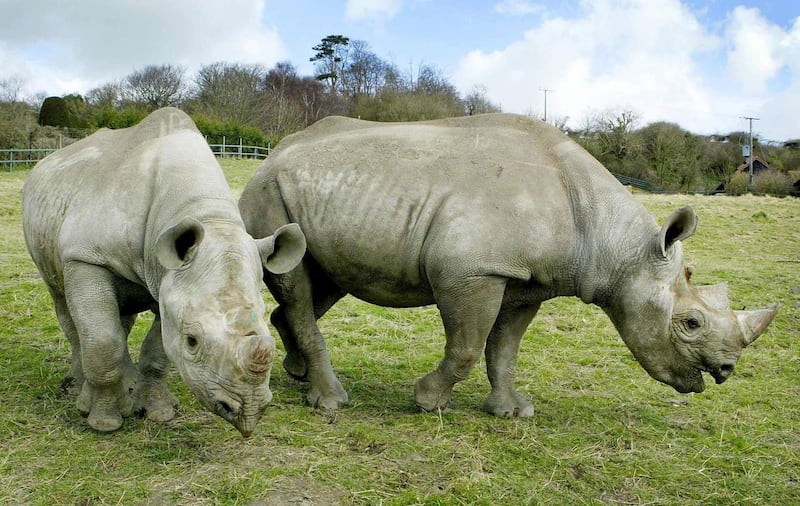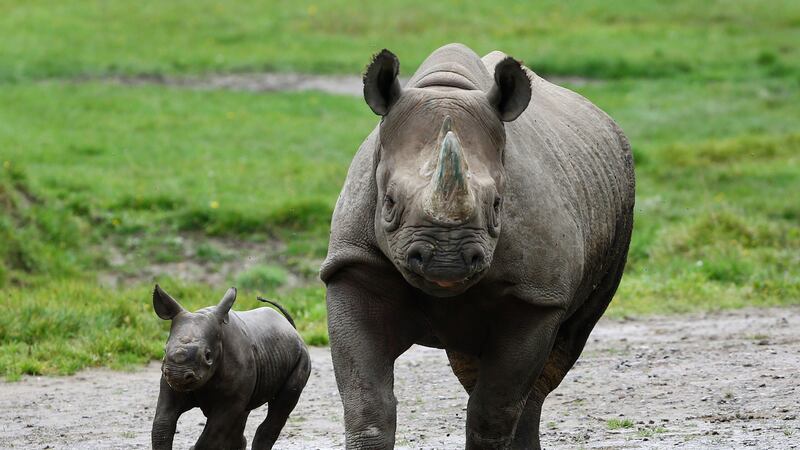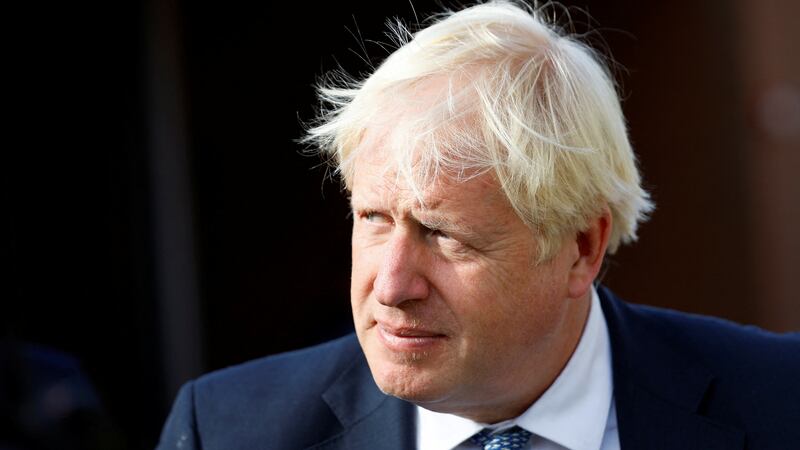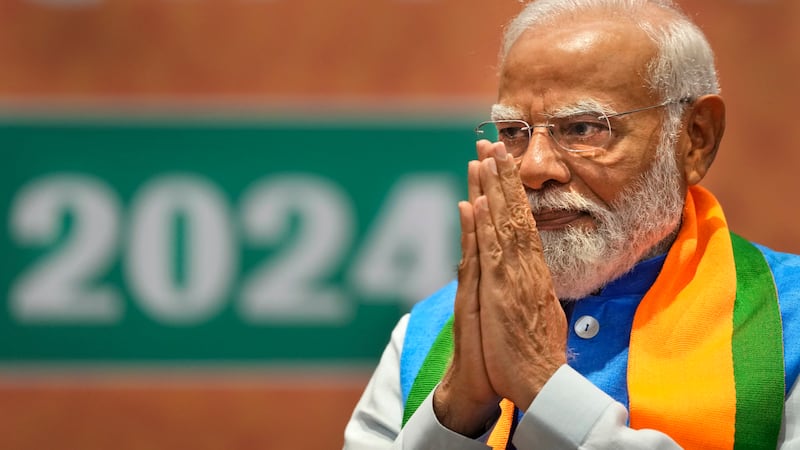The number of critically endangered African rhinos is slowly increasing following “immense” conservation efforts, according to the latest figures.
An update released by the International Union for Conservation of Nature (IUCN) shows the African Black Rhino population is gradually rising, at an annual rate of 2.5%.
Between 2012 and 2018, the number of rhinos in Africa grew from an estimated 4,845 to 5,630.
The increase has been attributed to continuing law enforcement efforts and population management measures, including moving selected rhinos from established populations to new locations.
Dr Grethel Aguilar, acting director general of IUCN, said: “While Africa’s rhinos are by no means safe from extinction, the continued slow recovery of Black Rhino populations is a testament to the immense efforts made in the countries the species occurs in, and a powerful reminder to the global community that conservation works.”
But she added: “At the same time, it is evident that there is no room for complacency as poaching and illegal trade remain acute threats.
“It is essential that the ongoing anti-poaching measures and intensive, proactive population management continue, with support from national and international actors.”
Population models predict a further slow increase over the next five years, according to the IUCN update.
The south-western black rhino, a subspecies of the black rhino, has seen sufficient population growth over the last three generations to be newly categorised as Near Threatened, the IUCN said.
But the other two surviving subspecies, the South-eastern and Eastern, both remain Critically Endangered due to drastic declines between the 1970s and 1990s.
Meanwhile, Africa’s other rhino species, the white rhino, continues to be categorised as Near Threatened on the IUCN Red List.

While poaching of African rhinos continues to be the main threat to the two species, the IUCN said the strong counter-measures taken by range states, private landowners and communities in recent years are having a positive effect.
Figures indicate poaching numbers have decreased after a peak in 2015, when a minimum of 1,349 rhinos were found to have been poached.
In 2018, there were a minimum of 892 rhinos poached, equivalent to one every 10 hours.
Dr Richard Emslie, Red List authority coordinator for the IUCN Species Survival Commission’s African Rhino Specialist Group, said: “If the encouraging declines in poaching can continue, this should positively impact rhino numbers.
“Continued expenditure and efforts will be necessary to maintain this trend.”
The update to the Red List shows more than 31,000 of 116,177 known species are threatened with extinction.








